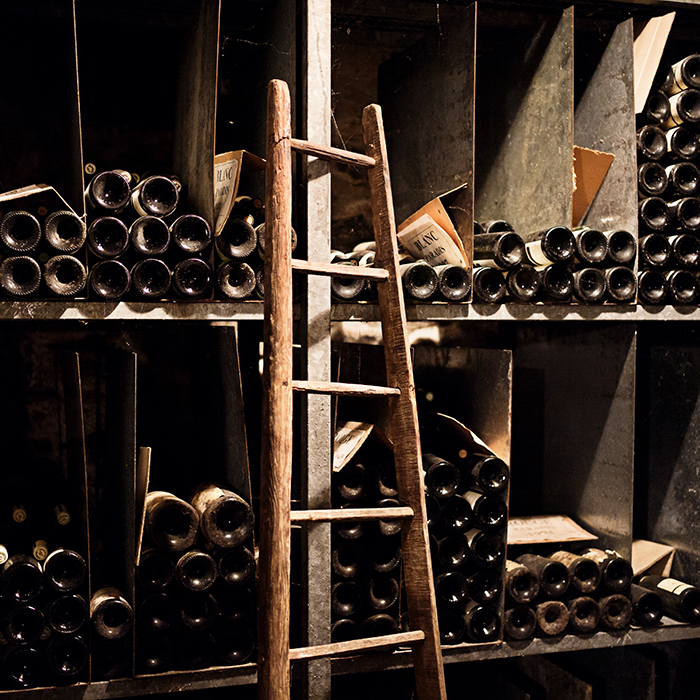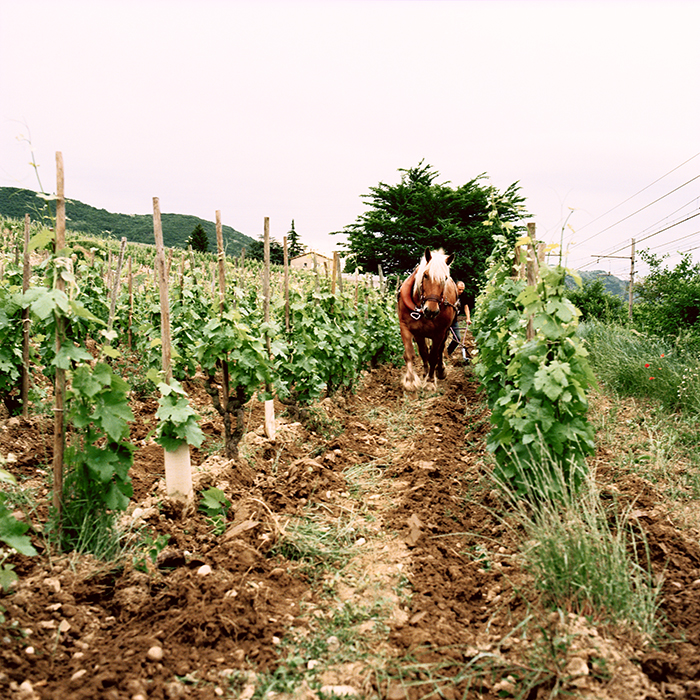Estate secrets: five Rhône producers to watch
Author: Fiona Hayes

Domaine Pierre Gaillard
Domaine Pierre Gaillard is one of the most respected wineries in the Northern Rhône, so it is probably no surprise to find this estate crop up in my top five. I have been lucky enough to taste at the winery for a number of years now, and the wines always impress with their sense of place and balance. Pierre, who set up the winery in the early 1980s is still involved (we all know that winemakers never really retire!), however the younger generation is more and more involved. Winemaking has been taken on by Pierre’s daughter, Elise, and his son, Pierre-Antoine, can often be found in the vineyard looking after their 35 hectares. The use of new oak here has been reduced significantly in recent years, allowing the wines to further highlight the high calibre of the family’s vineyards.
If you only try one…
2018 Côte-Rôtie, Rose Pourpre, Domaine Pierre Gaillard: This wine is always so perfumed and ethereal in style. There is concentration on the palate that has a lightness of touch and almost silky quality.
Domaine Emmanuel Darnaud
The 2018s from Emmanuel really shine. Known for his Crozes-Hermitage and St Joseph, it is likely that he will soon also inherit some highly regarded Hermitage from his father-in-law. Crozes can sometimes feel quite rustic, but Emmanuel manages to provide a lightness of touch to the wines that makes them very accessible in youth, without sacrificing their ageability.
If you only try one…
2018 Crozes-Hermitage, Mise en Bouche, Domaine Emmanuel Darnaud: Parcels are vinified separately with 30% matured in oak. Emmanuel included 30% stems, adding attractive perfume and freshness to the dark and brooding berried fruit.

Domaine la Cabotte
This winery is surrounded by 13 hectares of vines, based in Massif d’Uchaux, the most Northern part of the Vaucluse region. As a lesser-known part of the Rhône Valley, there is great value to be found here. The family-run property has been working biodynamically for over 15 years, a way of working that they feel enables them to adapt better to climate change, as well as allow the terroir to shine through in the wines. This is one of the most peaceful properties I have visited in the Rhône Valley. The landscape that surrounds the vineyards and the wildlife that can be seen as you walk through the vines is testament to the work that goes into everything here.
If you only try one…
2018 Côtes du Rhône Villages Rouge, Massif d’Uchaux Garance, Domaine la Cabotte: The stony terroir here provides an attractive graphite character on the palate. Purple fruit leads the way, with a garrigue and herbal note that defines this region.
Château la Nerthe
We have worked with this property for more than 20 years. Still family-owned, this 18th-century château is surrounded by an impressive 60 hectares of vines, with a further 30 hectares that border those of Domaine du Vieux Télégraphe. Recent years have seen a move to organic farming, vinifying each parcel individually and a reduction in the use of new oak: the result is a property that I really feel is producing some of the most impressive wines in Châteauneuf-du-Pape.
If you only try one…
2018 Châteauneuf-du-Pape Rouge, Château la Nerthe: Reduced yields this year have increased the concentration. Notes of attractive spice with red and black berry fruit are supported by high-quality chalky tannins.
Domaine de Marcoux
This biodynamic estate is owned by the Armenier family. When I visited them in November 2019, they had been looking at archives that suggested they were one of the first families to settle in Châteauneuf-du-Pape. Since 2019, the domaine has been run by mother and son, Sophie and Vincent. With 20 different parcels of land within the appellation, each one is fermented separately, with a move to longer macerations and lower sulphur levels to produce more serious and terroir-led wines.
If you only try one…
2018 Lirac, La Lorentine, Domaine de Marcoux: Dominated by Syrah and Mourvèdre this rich and inky wine is a step above the average Lirac. Offering incredible value, it’s a great wine to drink while waiting for your Châteauneuf-du-Pape to be ready to drink.
Read more about Rhône 2018 here, or shop our full range En Primeur on bbr.com


